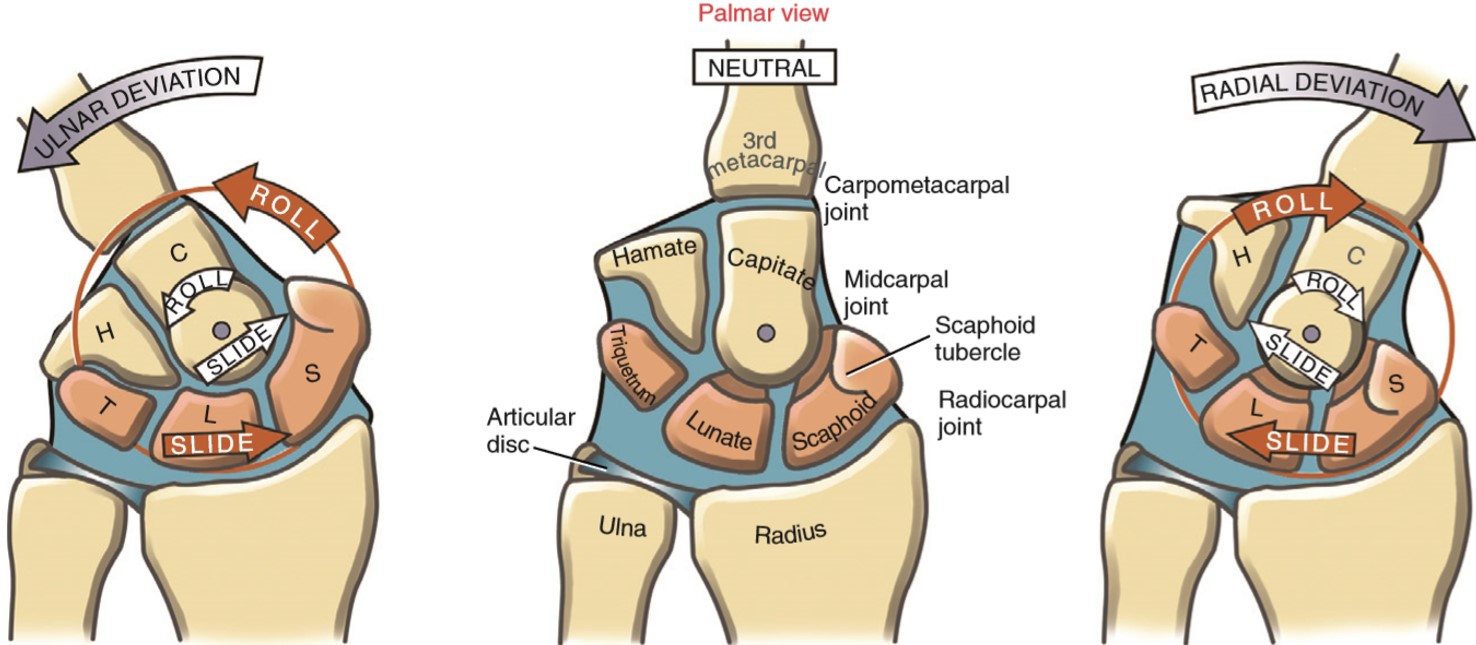pblanc, thanks for the wrist tech update...

TomJ, on the picture showing the various pistols and "grip angles", draw a line going from the top of the grip position (under the beavertail, where the web of your hand is supposed to rest), to the center of the trigger. You'll notice that there is one in which the position of the trigger finger ends up pointing much lower than all others - the Glock. Instead of having the index finger pointing forward, it points downwards - result of having the web of the hand as close as possible to the bore's axis, without achieving the same alignment for the trigger finger.
On many handguns, when holding the trigger finger straight ahead it is more or less level with the trigger, and needs to be lifted in order to rest on the frame. On Glocks, the top half of the trigger finger pointed forward is resting on the bottom of the frame, and needs to be pointed downwards to engage the trigger.
That's where the design differs most between the grips shown, and that's probably why the OP has pain problems when shooting that handgun.
Point your finger at an object, then, without changing your wrist position, drop your finger tip slightly - you'll immediately feel the discomfort. Some people adapt more easily than others to unnatural positions, some have issues.
It's interesting to note that, in the handguns comparison picture, the CZ, which has a reputation for comfortable grip, is the one with the most "inline" pointing position for the index finger...



